Folk music is the primal sound that carries within it the intrinsic identity of each community. More than any other cultural manifestations, like cuisine, costumes and customs, it is sound that establishes our unique identities. Sound travels across mountains and valleys, crossing borders effortlessly on the strings of our instruments, on our breaths and rhythms, always preserving the soul and identity of the people who produce and listen to it. Folk music reverberates in our festivities and celebrations weaving communities together in their joys and sorrows. Folk music as representation of culture and identity is also true for Sikkim; folk music is an important illustration of the cultural mosaic of Sikkim made up of diverse ethnic groups and tribes.
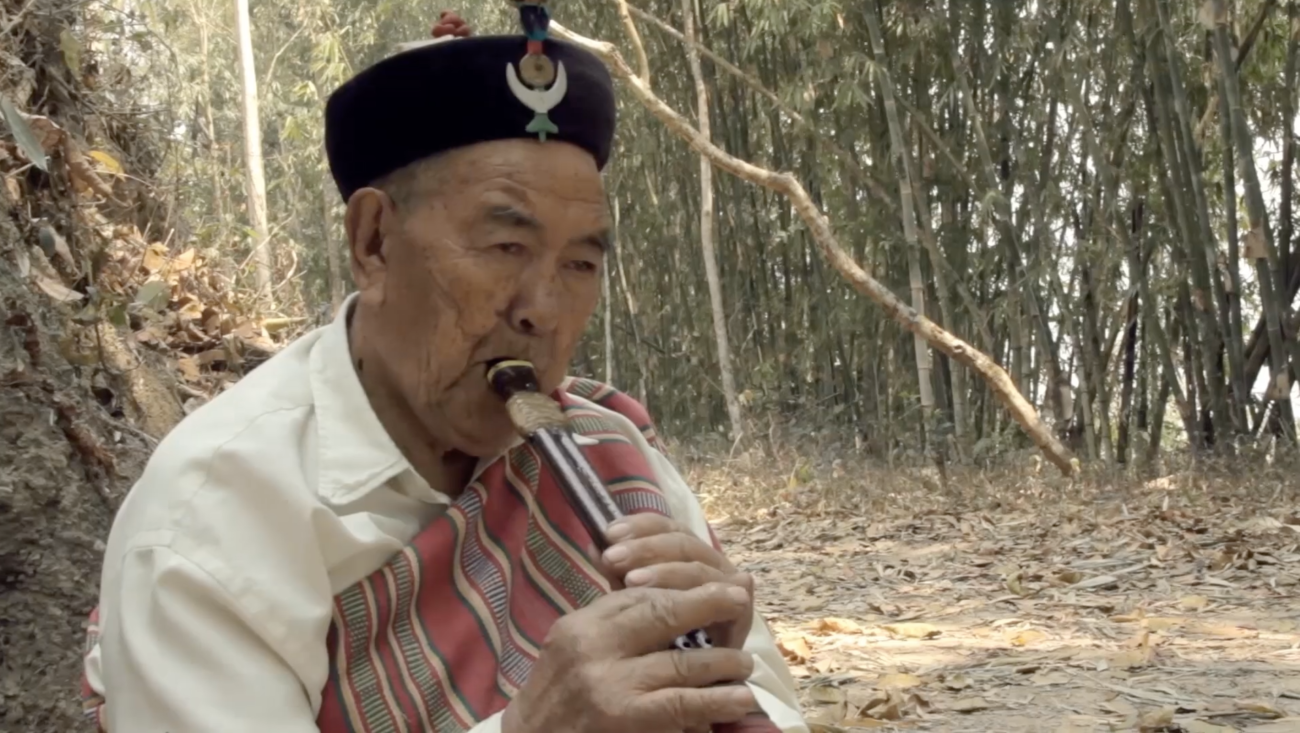
Ren Sonam Tshering Tamsang: Lepcha folk musician
The Endless Notes: Folk Instruments of Sikkim is a documentary made by Karma Palzor Bhutia, capturing the unique sounds of eleven folk instruments of Sikkim; these instruments truly represent the interconnectedness of cross-border cultures of the eastern Himalaya as many of them are also found across borders in neighbouring regions and countries.
Karma Palzor is a versatile cinematographer, an athlete, musician and an animator. He is an alumni of the National School of Design, Ahmedabad and also the co-founder of Echostream, a Gangtok-based creative hub. In 2012, driven by love and passion for folk music, Karma Palzor embarked on a solitary journey to document the musical heritage of Sikkim. Despite the budgetary constraints, the journey to document Sikkim’s musical heritage took him to different parts of the state, where he met many musicians and documented their performances. Most importantly, Karma Palzor was able to capture the sensory as well as the cultural value of the musicians and their music. Once completed, the documentary was finally uploaded on YouTube in 2017.
Speaking of his passion for folk music, Karma Palzor says,
“Folk music is like our shadows following us everywhere. You’re sitting somewhere lost in your thoughts, appreciating a scenic view with tunes playing in the background. It’s a strange feeling when the music comes to an end. A sense of emptiness sets in but at that moment you start noticing how nature still aligns to the same tune you had been jamming to. The wind rustles in a peculiar way, yet it looks like they are following the composition that is playing perpetually in your head. The breeze touches the flowers lightly while birds chirp in a familiar manner and the clouds drift at a certain pace and your heart beats to the same metronome.”

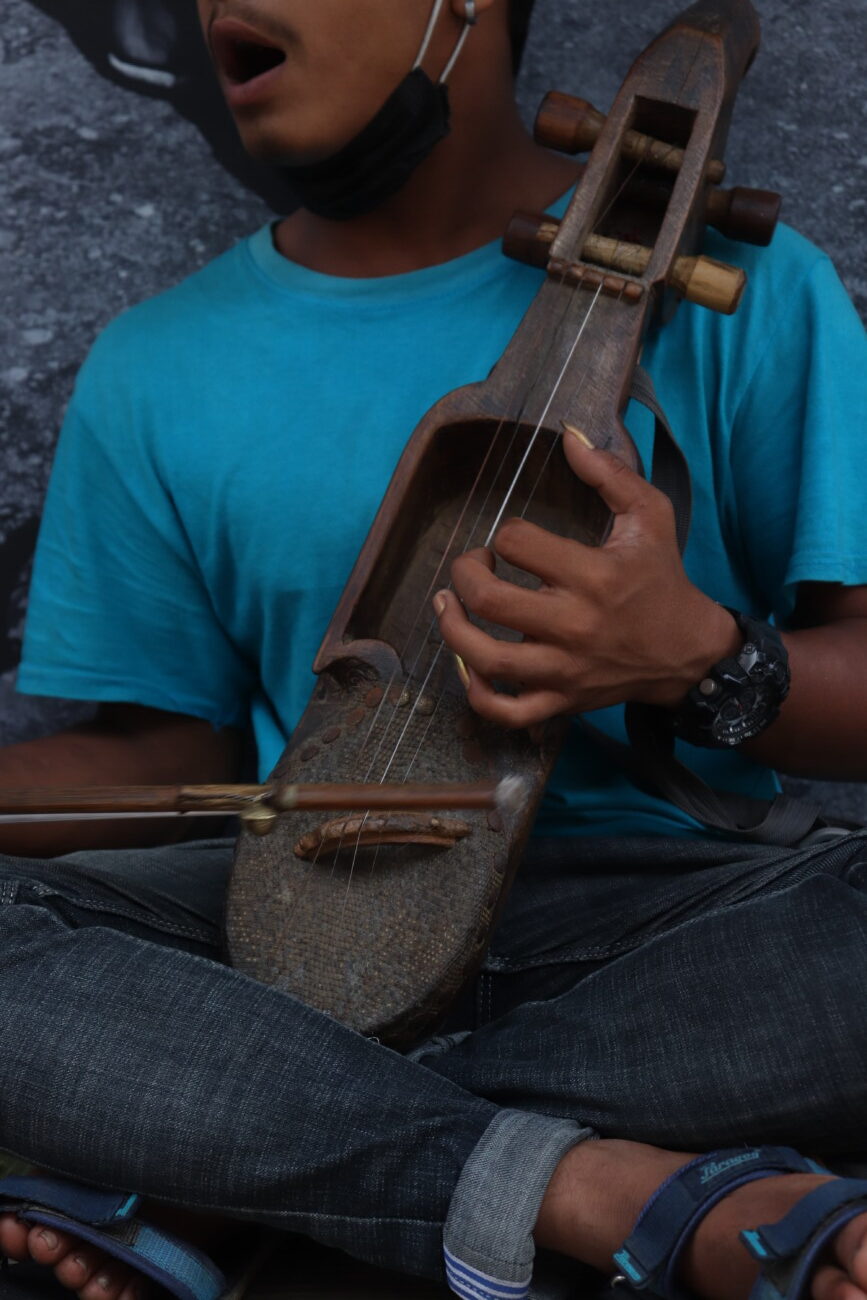
“The Endless Note: Folk Instruments of Sikkim” was screened at the 17th Mumbai International Film Festival, 2022 and at the Portraits from the Northeast, Guwahati, Assam in June, 2022. This documentary highlights the essence and spirit of Sikkim through its folk music, accompanied by beautiful images of Sikkim and the musicians. The documentary is a visual poetry, intertwined with the sounds of folk instruments and images of Sikkimese skies, landscape and people.
The title of the documentary, “Endless Note” symbolises one of the eight auspicious symbols of Buddhism that represents the offerings to the Shakyamuni Buddha when he achieved enlightenment. The symbol could be interpreted as the infinite wisdom of Buddha, an eternal continuum of mind and the omnipresence of the Buddha self. Karma Palzor believes that, “The symbol of infinity here (in the eight auspicious symbols) denotes an unending cycle of music developments. New tunes are made in the mainstream music industry. However, when such sounds start getting monotonous, musicians and listeners return to the authentic beauty of sheer folk music.”

On the recognition that the documentary has received, Karma Palzor says, “I had forgotten about the documentary that I had made ages ago. Yes, I had put my soul into making it, but I had suppressed this somewhere inside of me and now, when my work is suddenly getting this sort of recognition, I am simply overwhelmed and excited as to what more the documentary can offer.”
The ever-growing seed of Sikkim’s folk music
“Folk music is the music away from the classes and elite etiquettes, the songs depicting the lustre of rustic beauty.”
Folk music is a genre derived from the folklores of different regions, an array of populations and ethnic groups. This genre is rich in cultural history, and it represents the cultural histories of different tribes and ethnic groups, and continues to shape peoples’ understandings of their culture. In The Endless Note, Karma Palzor documents eleven instruments that are specific to different ethnic groups and tribes of Sikkim. The instruments are categorised under wind, string, and percussion and are accompanied by a short introduction about how each instrument is made, and the ethnic group associated with it. These folk instruments also represent different aspects of our shared heritage, of the diversity that is an intrinsic part of Sikkim.
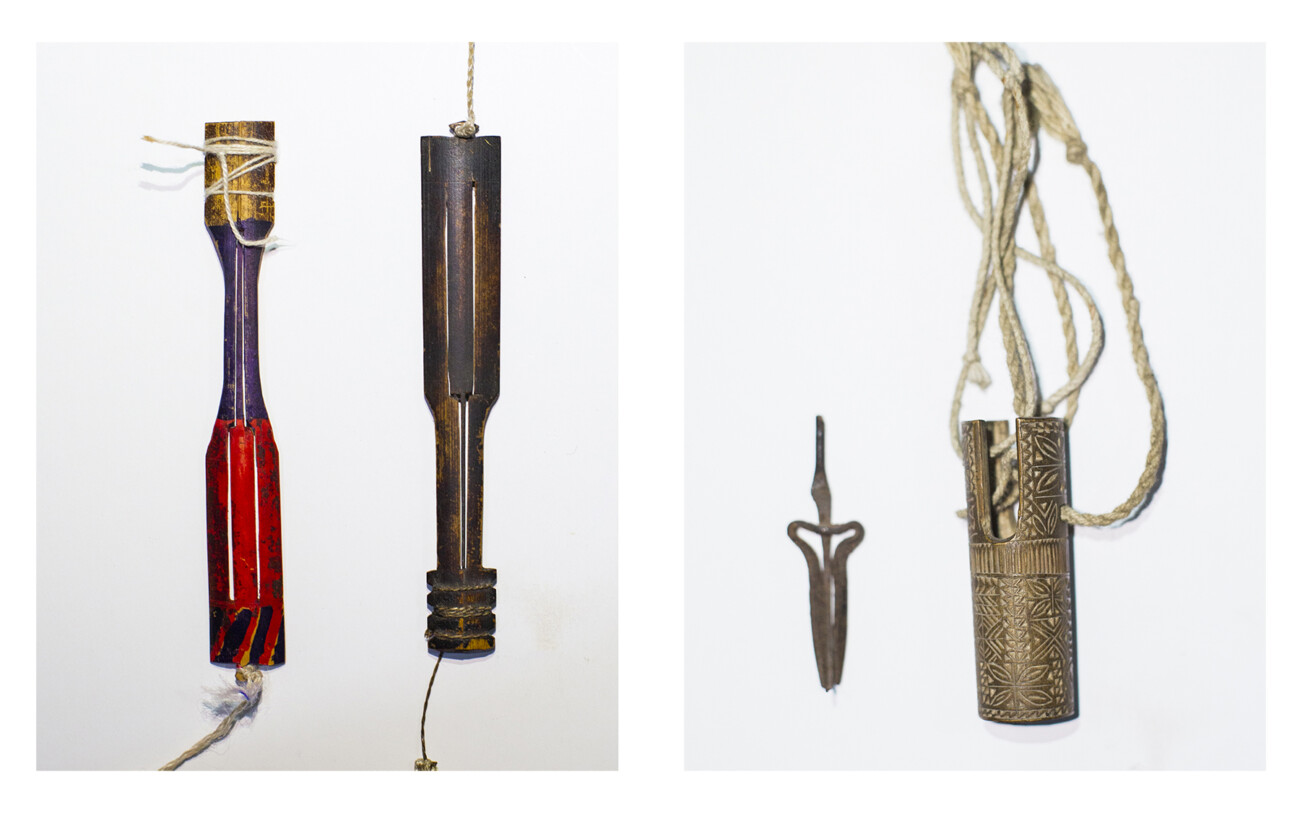
In Sikkim, and in other parts of the eastern Himalaya, there are many folk instruments, some of which are specific to a particular tribe or ethnic group, for instance, wind instruments like Puntaong and Nembryok (Lepcha community), Lingbu (Bhutia community), Basuri (Nepali community). Karma Palzor says, “Emptiness breeds sound, sound travels in emptiness.” The wind passing through these instruments have been passed on from generation to generation, reminding people of their ethnicity and keeping them grounded. Some of the instruments are played only during festivals or rituals, while others can be played at the discretion of the musician; some can be played individually, while some others are a part of an assemblage (for instance, the nau mati baja which is a collection of nine Nepali musical instruments). The documentary is successful in establishing the omnipresence of folk music in our everyday lives—be it celebrations, festivals, death, birth, rituals to the ordinary humdrum of life, folk music always finds a way into our lives.
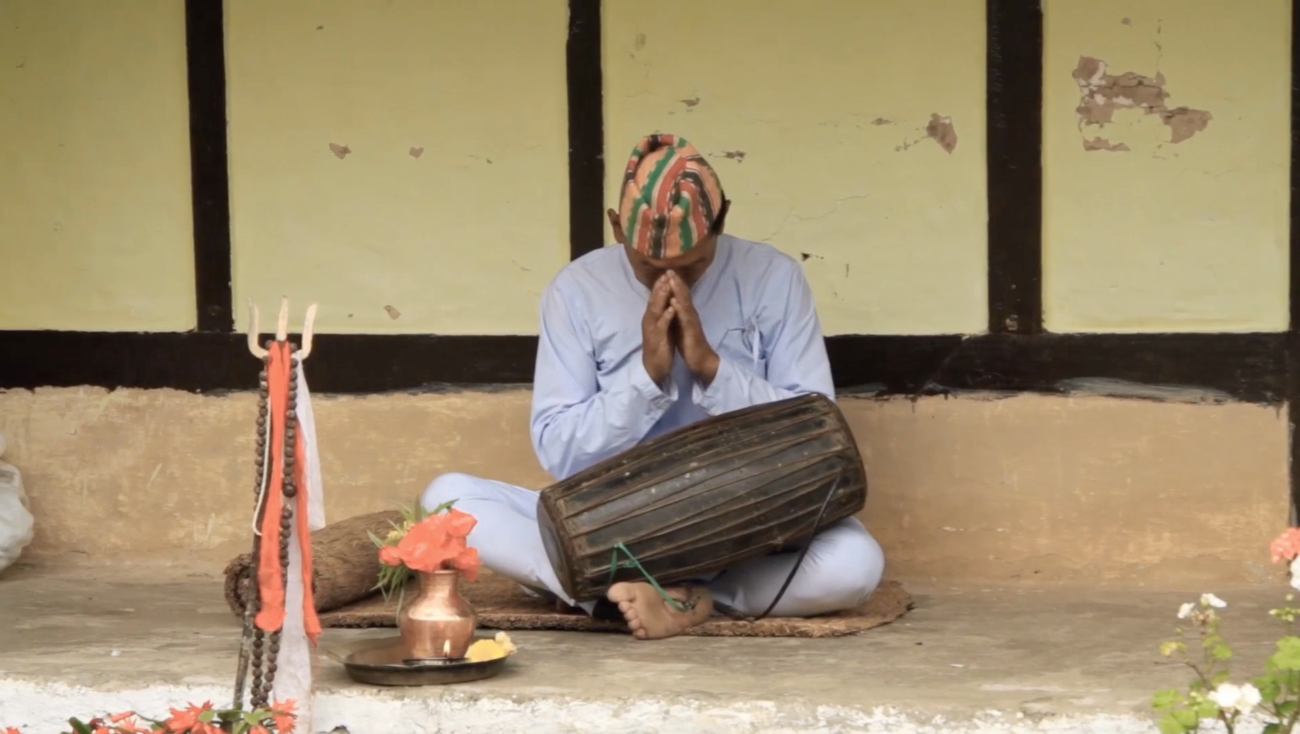
Finding folk music today
While it used to be quite common to hear folk music, especially during festivals, and other celebrations, it is becoming increasingly rare; hinting also possibly at a gradual erosion of our traditional culture and heritage. However, few folk musicians, especially sarangi players, can still be spotted playing classic tunes whilst going door to door in different neighbourhoods or in certain parts of towns and urban areas. Saran Ghandarya, is one such folk artist; he hails from Nepal and travels to Gangtok, Darjeeling to try and eke a living out of playing his sarangi. He is one of the many musicians who travel far and wide, to play their music in order to keep their heritage alive as well as try to make a living out of it. According to Saran, back in the olden days, folk musicians played the important role as messengers of royalty/nobility. He says, now that the Nepali community is losing touch with their folk music, he plays the sarangi to remind people of the forgotten melodies, and perhaps of their culture and heritage.
“सारंगी रुदैछ पारी गाउँमा,
(Sarangi is weeping in a village,)
बाँसुरीले सुसिल्दैछ रानी बनमा,
(Flute is whistling in the Rani forest,)
पन्चे बाजा नौमती राम्रो लाखौ साथीमा।
(Panche baja sounds better when played together.)”, sings Ghandarva.
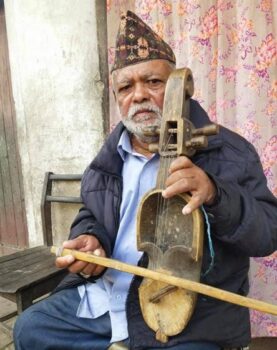
Jhuma Limbu, a pioneering Nepali folk music scholar and musician, has been attempting to restore neighbourhood ethnic music in Nepal for the last ten years. Working with other members of the Nepali society, she has been involved in the process of trying to revive and re-establish Nepali folk instruments, with the aim of making it relevant and enjoyable to contemporary listeners. Speaking in the context of folk music in Nepal, Jhuma Limbu, says, “folk music is not just simply music, it is an intrinsic part of our culture, and our identity.” She elaborates further that when “it comes to music, you can have as many flavours as you prefer, there are no boundaries. But when it comes to representing your own country’s music, we have to demonstrate our original Nepalese music and art, the music that we can call our own is folk. I am not putting us on a reverse gear, rather steering us towards a forgotten path.”
As Karma Palzor also points out, maybe not all is lost, as there are new attempts being made to make folk music more accessible and relevant; he says, ‘Nepali musicians like Bipul Chhetri, Gauley Bhai and many more bands have used folk instruments in their composition. He says, “Listen to these new songs made by our local artists. Their music has a hint of our roots. Folk instruments have been incorporated in these songs, their strings have been plucked here and there. The sound of the sarangi is soft but it is being played, as if these instruments are still trying to bloom to their glory.”
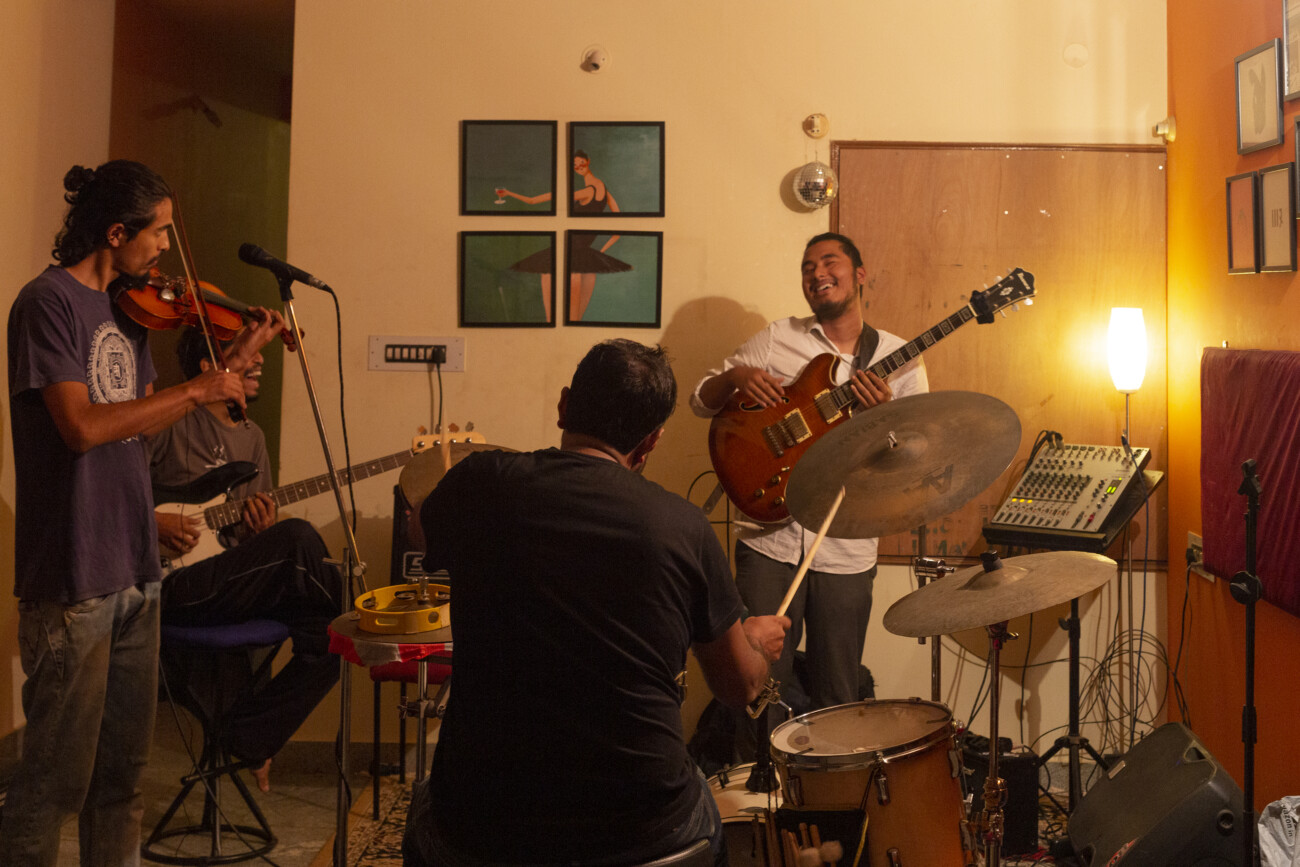
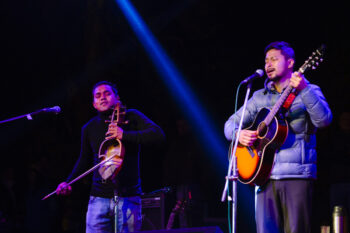
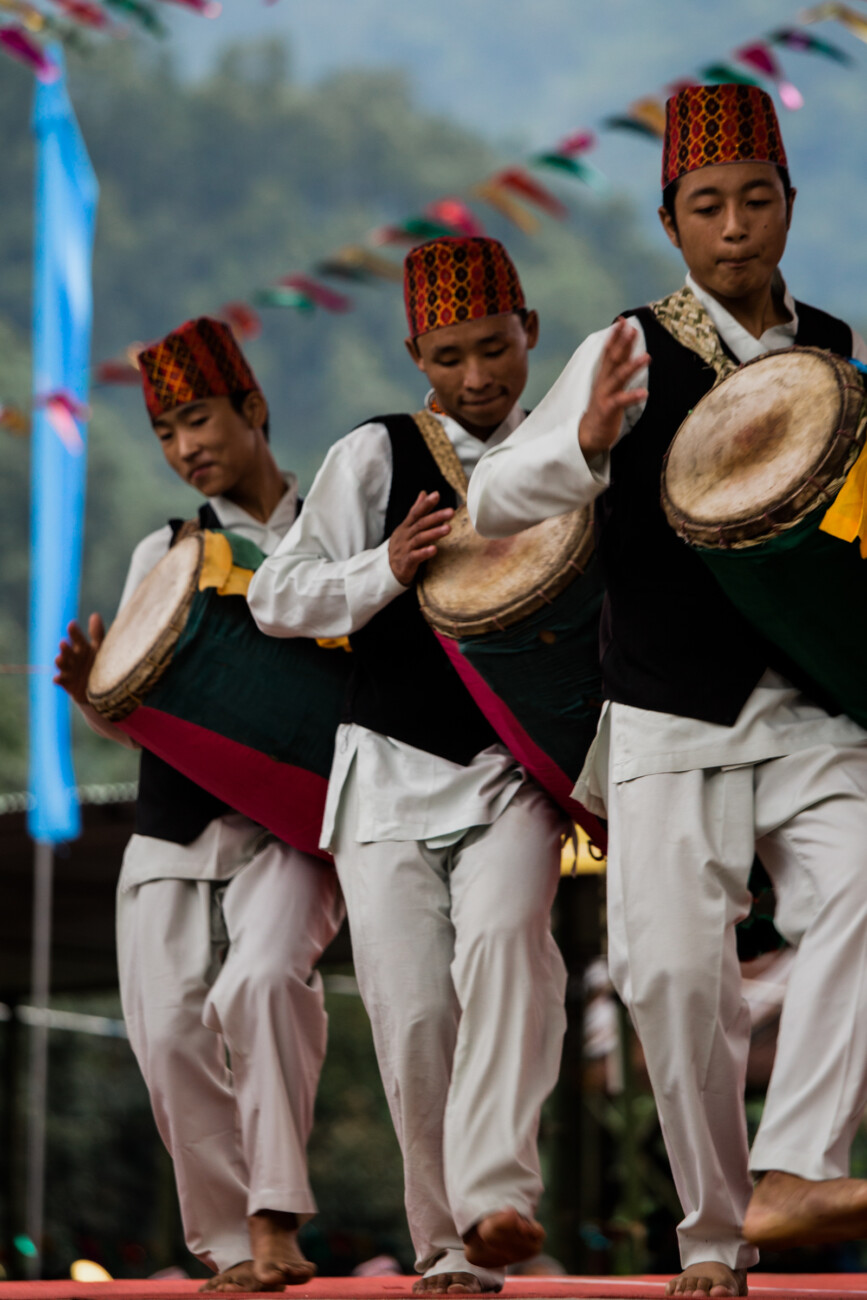
2 comments on “THE ENDLESS NOTE: FOLK INSTRUMENTS OF SIKKIM”
Leave a Reply
Latest Posts
Latest Comments
No 'Comments_Widget_Plus_Widget' widget registered in this installation.


It's in fact very complex in this full of activity life to listen news on Television, thhus I only usse world
wide web for that purpose, and get the newest news.
Feel free to surf to my homepage :: Vavadaonline.Mystrikingly.com
Thx!